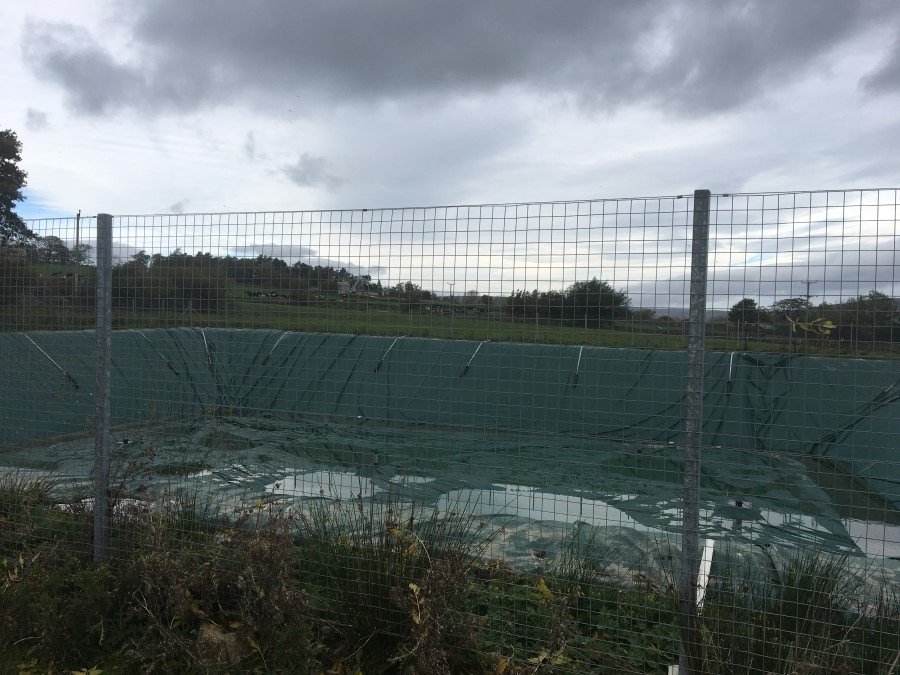- Home
- Knowledge library
- Slurry stores: health and safety
Slurry stores: health and safety
Incidents involving slurry are common and often affect those less aware of the risks as well as farmworkers. The risk of injury or even death can be greatly reduced by taking appropriate safety measures.
Health and safety incidents involving slurry stores occur regularly on UK farms. These incidents often involve not just the farmer but also those less aware of the dangers, such as children. Incidents can include drowning, being overcome by toxic gases or injury due to structural collapse. The risk of injury or even death can be significantly reduced if the following measures are taken.
Perimeter protection
Fencing and signage are simple precautions that can stop unauthorised people from getting into the store. It is important that fencing is lockable and built so that people or animals cannot easily climb over or through.
Drowning due to vehicles such as scraper tractors entering the slurry store can be prevented using safe access scraping points and appropriately guarded ramps. If your store includes a scraping ramp, you should consider the following to minimise risk:
- Providing a tractor stop barrier on the ramp
- Extending the fencing to the bottom of the ramp and providing a sheeted gate across the ramp at that point
For effective perimeter protection, ensure all fences and barriers are properly designed, constructed and maintained.

Being gas aware
Slurry gas includes methane, carbon monoxide, ammonia and hydrogen sulphide, all of which can create a risk to health. Hydrogen sulphide is the most dangerous of these and can cause nausea, disorientation, unconsciousness and death.
These gases are always present where slurry is stored. When slurry is disturbed, for example, when using an agitator, pump or emptying a store, the slurry will release higher levels of gas.
Hydrogen sulphide is heavier than air and will collect in poorly ventilated areas. It can be present for a considerable amount of time after being released from slurry. Therefore, it is vital to keep any area exposed to these gases well ventilated for at least 30 minutes before re-entering the building.
You should use appropriate signage on all sides of your slurry store to warn anyone nearby of the dangers associated with toxic gas.
If you’re planning to build a new slurry storage facility, consider a system designed to operate without anyone needing to enter it. You can do this by using pumps which can be mechanically removed if they become blocked, reducing the need for entry. If you have a building above slatted storage areas, it is important to ensure that it is adequately ventilated.
Gas monitoring and detection equipment can also be used for added protection from exposure to slurry gases. However, you must not depend only on these as gases can be produced at fatal concentrations very quickly, often before a monitor could react. They also require expert maintenance, calibration and storage. Your first priority should always be to identify areas where slurry gases may be present and keep people away from them during mixing and for as long as possible afterwards.
HSE guidance
See the Health and Safety Executive's information sheet Managing slurry on farms (PDF).
Sectors:

